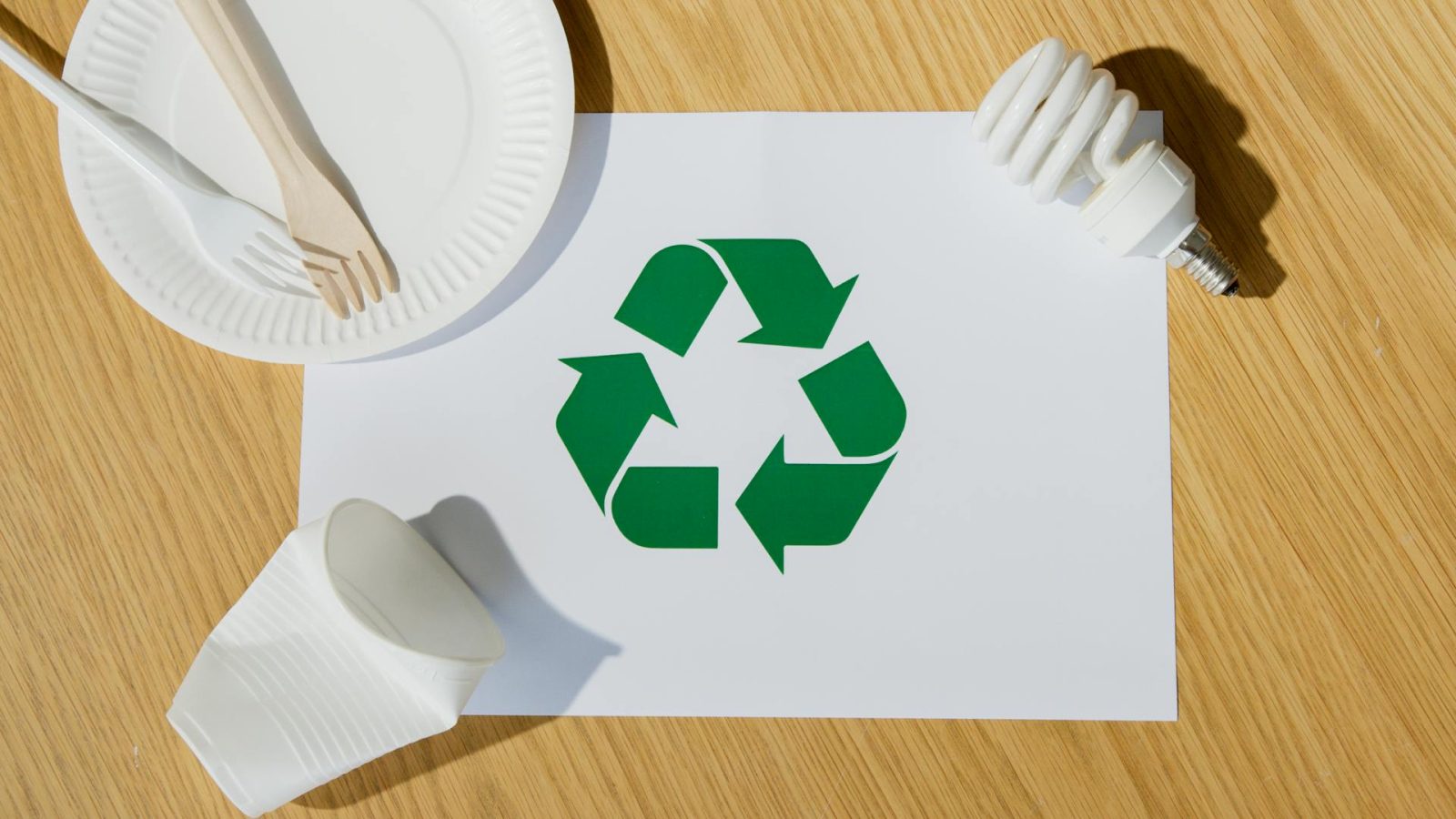What is the PPWR and what does it mean for packaging?


The European Packaging and Packaging Waste Regulation (PPWR) is changing the rules governing packaging significantly. As a manufacturer or brand, you’ll need to meet stricter requirements regarding sustainability, reusability and recycling. This blog explains what the PPWR means, what will change, and how your company can prepare for the new requirements.
What is the PPWR?
PPWR stands for Packaging and Packaging Waste Regulation. This European regulation replaces the existing packaging waste guidelines. Instead of each country having their own rules, there’ll be one uniform set of requirements for all member states. The regulation is part of the European Union’s wider Green Deal and Circular Economy Action Plan.
The goal: less waste, more reuse, and packaging that is truly recyclable.
How will the PPWR affect my company?
The PPWR affects every party in the packaging supply chain: from raw material producer to retailer. If you’re responsible for product packaging, you’re also responsible for its environmental impact. The regulation require companies to:
- Design packaging that’s recyclable
- Avoid unnecessary layers of packaging
- Use recycled materials
- Offer reusable solutions
This has a significant impact. Both the design, choice of materials and logistics of packaging need to be reconsidered. Companies that anticipate these changes now will soon be leading the field.
What will change specifically?
The PPWR includes targets as well as things that will be banned. These will be phased in from 2025. Here are a few of the important changes:
Recyclability is compulsory
All packaging must be recyclable by 2030. By 2035, it must be clear that the packaging is recycled on a large scale in practice. Packaging that fails to achieve this will then no longer be allowed on the European market.
Less overpack
Empty space in shipping packaging may not exceed 40%. Unnecessary inner packaging or double boxes will be banned. Packaging should be as light and efficient as possible.
Minimum recycled content
Plastic packaging will have requirements for the percentage of recycled material. From 2030 onwards, this percentage will vary depending on the use, but will range between 10% and 50%.
Reuse as standard
Reuse targets will apply to sectors such as restaurants, hotels, catering, e-commerce and retail. For example, reusable transport crates, returnable packaging or refill concepts. Companies will be required to develop systems for collection and recycling.
Clear labelling
All packaging must contain information on the material type and how it should be disposed of. There’ll be standard pictograms and digital elements such as QR codes, to make it easier for consumers to recycle correctly.
How does the PPWR affect plastic packaging?
The PPWR will result in a clear shift in plastic packaging. Packaging must be:
- Recyclable according to recognised standards
- Made using mono-materials or easily separable combinations
- Preferably produced using recycled plastic
- Light and efficient in its design, with no unnecessary elements
This presents opportunities for innovation. For example, thin plastic packaging, clever seals and modular designs. Companies that are actively pursuing circular packaging solutions are strengthening their position in the supply chain.
How can you prepare?
The introduction of the PPWR means that packaging strategies need to be re-examined. SFA Packaging recommends:
- Screening current packaging for recyclability and material use
- Switching to mono-material solutions where possible
- Investing in reusable designs
- Choosing suppliers who have a circular approach to their operations and are proactive
Working with a specialised packaging partner will help you comply with the new rules quickly and effectively.
SFA Packaging: your partner for PPWR-compliant packaging
The PPWR sets high standards for packaging. However, it also provides opportunities for brands that want to combine sustainability and innovation. SFA Packaging will help you develop packaging that not only complies with the new regulation, but also adds value to your product.
As a specialist in customer-specific plastic packaging, we combine technical expertise with market knowledge. We advise you on the design, help you choose the right materials, and make sure your packaging is ready for the future: recyclable, reusable and circular.
If you’re looking for packaging that meets the new PPWR requirements, feel free to contact our specialists and discover how we can help your brand.
Top 5 FAQs about the PPWR
What’s the difference between the PPWR and the old EU packaging guidelines?
The old guidelines left room for national interpretation. This meant that each EU country had different requirements for packaging. The PPWR is an EU regulation, which means the rules are applied exactly the same way in every EU country. This gives more clarity and enables stricter enforcement.
When will the PPWR come into effect?
The PPWR is expected to be phased in from 2025. Certain obligations, such as the use of recycled materials and mandatory recyclability, will apply from 2030. We recommend that companies already start anticipating the pending changes.
What does recyclable mean according to the PPWR?
Packaging is recyclable if it’s designed in such a way that the materials used can be separated and reprocessed within existing recycling systems. For example, mono-material packaging or plastic packaging without disruptive barriers or coatings.
Are bio-based or compostable packaging solutions an acceptable alternative under the PPWR?
Not always. The PPWR mainly focuses on recyclability and reuse, not on whether something is compostable or not. Bio-based or compostable materials are only permitted if they are degradable within the applicable industrial processes, and do not interfere with existing recycling streams.
How do I know if my current packaging is PPWR proof?
This requires a technical analysis of the design, material used and the packaging’s suitability within circular systems. SFA Packaging helps companies test and optimise packaging according to the requirements in the PPWR: from choosing the right material, to creating a recyclable design.